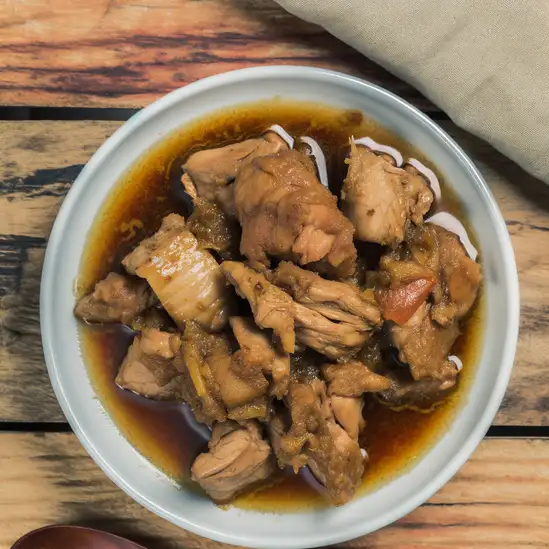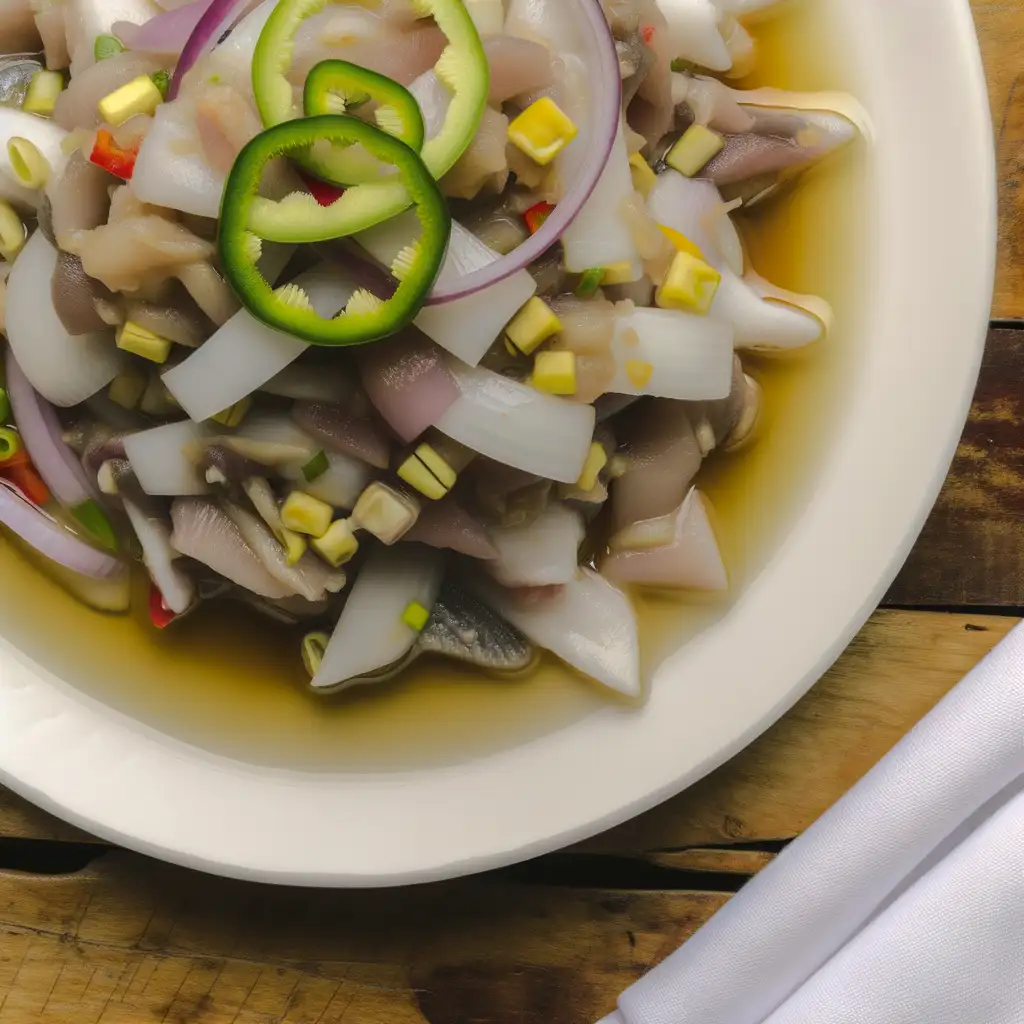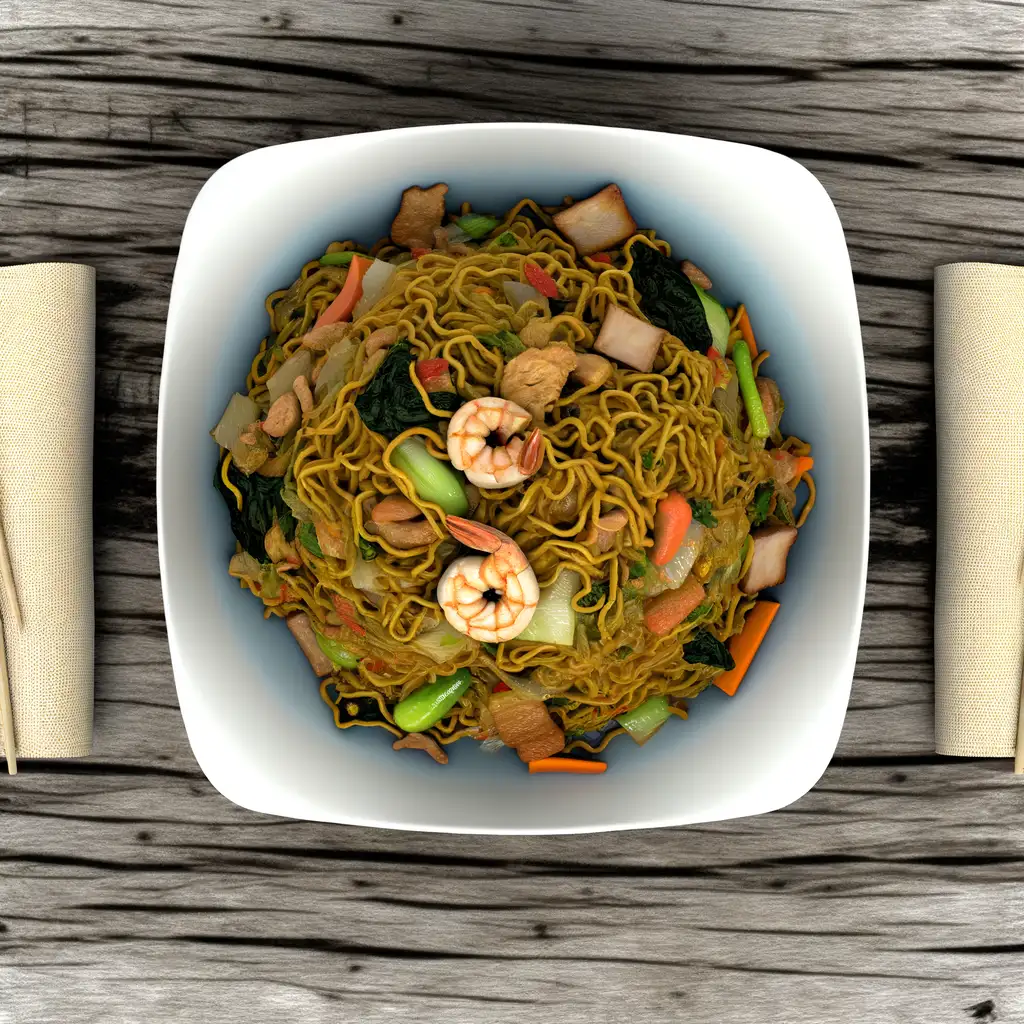


If you ever find yourself dreaming of a place where the sea feels like a warm embrace and the air carries the scent of salt and tropical blooms,El Nido is that kind of magic. From the moment you step off the boat or wander through its laid-back streets,there’s this undeniable calm mixed with a spark of adventure. The limestone cliffs rise dramatically from turquoise waters,creating a playground of hidden lagoons and secret beaches that seem almost too beautiful to be real. You’ll hear the gentle lapping of waves,the distant chatter of fishermen,and the occasional call of tropical birds,all blending into a soothing soundtrack that makes you want to slow down and just breathe it all in. The town itself pulses with a warm,welcoming energy. Locals greet you with genuine smiles,and the small cafes and eateries invite you to savor fresh seafood grilled right in front of you,bursting with flavors that tell stories of the sea. At night,the sky turns a deep velvet,and the stars feel close enough to touch,while the soft hum of acoustic guitars drifts from beach bars. It’s a place where time seems to stretch,letting you lose yourself in the rhythm of island life. What makes El Nido truly special is how it balances raw natural beauty with a vibrant,heartfelt culture. Whether you’re kayaking through crystal-clear waters,hiking up to panoramic viewpoints,or simply sipping a cold drink while watching the sunset paint the sky in fiery hues,El Nido invites you to connect—with nature,with people,and with a sense of wonder that stays with you long after you leave.
The information on this page is currently being reviewed by Tripkliq and should be used as a guide only
Eng word: Hello
Eng pronunciation: Kah-moo-stah
Local language: Kamusta
Eng word: Goodbye
Eng pronunciation: Pah-ah-lahm
Local language: Paalam
Eng word: Thank you
Eng pronunciation: Sah-lah-maht
Local language: Salamat
Eng word: How much
Eng pronunciation: Mahg-kah-noh
Local language: Magkano
Eng word: Toilet
Eng pronunciation: Bahn-yo
Local language: Banyo
Eng word: Help me
Eng pronunciation: Too-loo-ngahn moh ah-koh
Local language: Tulungan mo ako
Eng word: Yes
Eng pronunciation: Oh-oh
Local language: Oo
Eng word: No
Eng pronunciation: Hin-deh
Local language: Hindi
Eng word: Excuse me
Eng pronunciation: Pah-oo-mahn-hin
Local language: Paumanhin
El Nido, which means 'The Nest' in Spanish, is named after the swiftlet nests found in the limestone cliffs and caves of the area. These nests are highly coveted and are the primary ingredient in the delicacy, bird's nest soup.
The majestic limestone cliffs surrounding El Nido are estimated to be 250 million years old, forming a karst landscape that provides a breathtaking backdrop to the town and its beaches.
Built in 1680, Cuyo Fort is a testament to the town's historical significance. The fort was used as a defense against pirates and marauders and stands as a symbol of the Spanish heritage in the area.
Established in 1991, the El Nido-Taytay Managed Resource Protected Area covers over 903.21 square kilometers. It is a haven of biodiversity, home to over 100 species of coral, and 800 species of fish.
Archaeological evidence suggests that the area around El Nido has been inhabited by humans as far back as 22,000 years ago, showcasing its long history of human settlement.
Ille Cave in El Nido is not only an important archaeological site but also a historical landmark. Excavations in the cave have unearthed evidence of human and fauna activity dating back to approximately 14,000 years ago.
During World War II, El Nido was occupied by Japanese forces. The town's strategic location made it a vital point for control over the Sulu and South China seas.
The late 20th century saw a remarkable transformation in El Nido, as it went from being a quiet fishing village to one of the Philippines' premier tourist destinations, attracting visitors with its extraordinary natural beauty and biodiversity.
Bacuit Bay in El Nido is renowned for its clear blue waters, incredible marine life, and stunning limestone formations. It encompasses several islands, each with unique ecosystems, making it a paradise for nature lovers and adventurers alike.
In El Nido, the most common Power Adaptor is Type A, Type C.



A savory dish made with meat (usually chicken or pork) marinated in vinegar, soy sauce, garlic, and spices, then slow-cooked until tender.

A sour soup typically made with tamarind, tomatoes, and various vegetables, often cooked with pork, shrimp, or fish.

A popular Filipino dessert made with crushed ice, sweetened fruits, jellies, and topped with leche flan, ube, and evaporated milk.

A Filipino ceviche made with fresh raw fish marinated in vinegar, citrus juices, and mixed with onions, ginger, and chili.

A stir-fried noodle dish that comes in various forms, often made with vegetables, meat, and seafood.

Filipino spring rolls filled with ground pork, vegetables, and spices, deep-fried until golden and crispy.

Crispy deep-fried pork belly served with a side of liver sauce or vinegar dipping sauce.

Crispy deep-fried pork belly served with a side of liver sauce or vinegar dipping sauce.

A spicy dish made with pork cooked in coconut milk and flavored with shrimp paste and chili peppers.
Imagine stepping into a place where the air carries a salty tang,mingled with the sweet scent of tropical blooms,and the gentle lapping of turquoise waves sets a soothing rhythm to your days. That’s Coron,a town that feels like a warm embrace from the Philippines itself. It’s not just the jaw-dropping limestone cliffs and crystal-clear lagoons that captivate you—it’s the laid-back vibe that invites you to slow down,breathe deeply,and soak in the natural beauty around every corner.
Wandering through Coron’s lively market,you’ll hear the cheerful chatter of locals,the sizzle of fresh seafood grilling over open flames,and the occasional burst of laughter from children playing nearby. The town pulses with a genuine warmth,where people greet you with smiles as bright as the sun overhead. At night,the sky turns a deep velvet,and the stars seem close enough to touch,while the scent of grilled fish and sweet mangoes drifts through the air.
What makes Coron truly special is how it blends adventure with tranquility. You can dive into vibrant coral gardens,explore mysterious shipwrecks from World War II,or kayak through serene lagoons framed by towering cliffs. Then,after a day of exploration,you’ll find yourself savoring a cold coconut juice or a plate of freshly caught seafood,feeling utterly content. Coron isn’t just a destination—it’s a feeling,a place that stays with you long after you’ve left.
If you ever find yourself craving a place where nature’s calm meets a laid-back island spirit,Puerto Princesa is where you want to be. The moment you step off the plane,there’s this warm,salty breeze that wraps around you,carrying the faint scent of the sea and tropical blooms. It’s a city that doesn’t rush — people move with a gentle rhythm,and the streets hum softly with the chatter of locals and the occasional strum of a guitar from a nearby café. It feels like a breath of fresh air,both literally and figuratively.
What really makes Puerto Princesa stand out is its deep connection to nature. The famous Underground River is just the beginning — lush mangroves,crystal-clear waters,and vibrant coral reefs surround the city,inviting you to explore. You can hear the calls of exotic birds in the morning and watch fishermen bring in their catch as the sun dips low,painting the sky in shades of pink and orange. The food scene here is a delightful surprise too — fresh seafood grilled right on the beach,sweet tropical fruits bursting with flavor,and local dishes that tell stories of the sea and the land.
But beyond the sights and tastes,it’s the people who make Puerto Princesa unforgettable. Their warmth and genuine smiles make you feel like you’re not just visiting,but truly welcomed. Whether you’re wandering through the bustling market or sharing a laugh with a vendor,there’s a sense of community that lingers long after you leave. It’s a place that invites you to slow down,soak in the simple joys,and leave with a heart full of stories.
Imagine stepping into a place where history hums through the streets and the ocean breeze carries the scent of salty adventure—that’s Cebu City for you. The moment you arrive,there’s this lively energy that wraps around you,a mix of old-world charm and modern buzz. You’ll find yourself wandering through colorful markets where the chatter of vendors blends with the aroma of freshly grilled street food—think sweet,smoky lechon sizzling over coals,tempting you at every corner.
Cebu’s character is a beautiful blend of the past and present. Ancient Spanish forts and centuries-old churches stand proudly alongside sleek cafes and vibrant street art. The city pulses with warmth,not just from the tropical sun but from the people who greet you with genuine smiles and stories. At night,the streets light up with music and laughter,and you can almost taste the festive spirit in the air.
What really makes Cebu unforgettable is how it feels alive in every sense. You can hear the waves crashing nearby,see the colorful jeepneys weaving through traffic,smell the tropical fruits at the market,and feel the warmth of the sun on your skin as you explore. It’s a place where culture,history,and everyday life blend seamlessly,inviting you to dive in and experience its vibrant soul firsthand.
Imagine stepping onto Boracay Island and instantly feeling the gentle warmth of the sun kissing your skin,while the soft powdery white sand cushions your every step. The island hums with a laid-back energy that’s both invigorating and soothing,like a secret rhythm you can’t help but sway to. Crystal-clear turquoise waters stretch endlessly,inviting you to dive in or simply float and watch the sky melt into shades of pink and orange during sunset. The salty breeze carries the faint scent of grilled seafood mingled with tropical flowers,making every breath feel like a fresh invitation to explore.
Boracay’s charm isn’t just in its stunning beaches—it’s in the vibrant pulse of its small,welcoming community. Locals greet you with genuine smiles,and the island’s culture shines through in lively street markets,where you can sample freshly caught fish,sweet mangoes,and the unmistakable tang of calamansi. At night,the island transforms as beach bars light up with laughter,music,and the clinking of glasses,creating a festive yet intimate atmosphere that feels like a celebration of life itself.
What makes Boracay truly special is how it balances adventure and relaxation. Whether you’re kite surfing over the waves,hiking to a hidden viewpoint,or simply lounging in a hammock with a cold drink in hand,the island encourages you to slow down and savor every moment. It’s a place where time seems to stretch,and every experience—whether thrilling or tranquil—leaves you with a deep sense of joy and connection.
If you ever find yourself wandering through the heart of Bohol,Tagbilaran City greets you with a warm,unhurried rhythm that feels like a gentle hug after a long journey. The city hums with life—not the overwhelming buzz of a metropolis,but a lively,welcoming energy where jeepneys rattle by and street vendors call out their fresh fruit and local snacks. As you stroll along the waterfront,the salty breeze carries the faint scent of grilled seafood mingling with tropical flowers,inviting you to slow down and savor the moment.
Tagbilaran’s charm lies in its blend of old and new. You’ll catch glimpses of Spanish-era churches standing proudly beside colorful markets where locals barter over ripe mangoes and sticky rice treats. The city’s pulse is deeply tied to its people—friendly,easygoing,and proud of their heritage. At night,the streets light up with laughter and music spilling from small eateries where you can taste the rich flavors of Boholano cuisine,like the sweet,tender kalamay or freshly caught fish cooked with coconut milk.
What really stays with you is the city’s sense of community and its connection to the sea. Whether you’re watching fishermen haul in their catch at dawn or joining a lively fiesta,Tagbilaran feels like a place where stories are shared over steaming cups of coffee and where every corner invites you to discover a new layer of its soul. It’s not just a stopover—it’s a place that quietly pulls you in and makes you want to stay a little longer.
Dumaguete City is a charming coastal city known for its proximity to Apo Island,a top diving destination,and its laid-back vibe with access to waterfalls and marine sanctuaries.
ExploreScammers install skimming devices on ATMs to steal card information from unsuspecting tourists withdrawing cash.
Tourists may be sold fake or low-quality souvenirs, pearls, or other items at inflated prices, claiming they are authentic or rare.
Scammers may pose as officials and charge fake environmental or entrance fees, claiming they are mandatory for tourists.
Some individuals sell fake or non-existent tour packages, leaving tourists stranded without the promised services.
Scammers set up fake Wi-Fi hotspots in public areas to steal personal information from tourists who connect to them.
Some accommodations advertise low rates but add hidden fees for amenities, services, or taxes upon checkout.
Tourists are accused of causing pre-existing damage to rented motorbikes and are forced to pay inflated repair fees.
Tricycle drivers may overcharge tourists, especially if they are unfamiliar with the standard rates for short distances.
Some operators charge tourists significantly higher prices for island hopping tours, especially if they don't compare prices or book through their accommodations.
Unlicensed guides may offer their services but provide subpar experiences or mislead tourists about local attractions.
The Philippines has very strict laws regarding the possession, use, and trafficking of illegal drugs. The Comprehensive Dangerous Drugs Act of 2002 imposes severe penalties, including long prison sentences and even the death penalty for serious offenses. Tourists should be extremely cautious and avoid any involvement with illegal drugs. Even small quantities can lead to severe legal consequences.
In El Nido, as in the rest of the Philippines, smoking is regulated under the Tobacco Regulation Act of 2003 and Executive Order No. 26, which provides for the establishment of smoke-free environments in public and enclosed places. Smoking is prohibited in public places such as schools, hospitals, public transportation terminals, and government offices. Designated smoking areas are allowed but must be compliant with specific regulations. Violators can face fines and other penalties.
Vaping in El Nido is subject to similar regulations as smoking. The use of e-cigarettes is prohibited in public places where smoking is banned. This includes indoor public spaces, public transportation, and other areas where people gather. Designated vaping areas may be available, but they must adhere to local regulations. Tourists should be cautious and inquire locally to avoid fines.
What are other people saying about El Nido?
Recent Social posts about El Nido
There is nothing to show you for now.